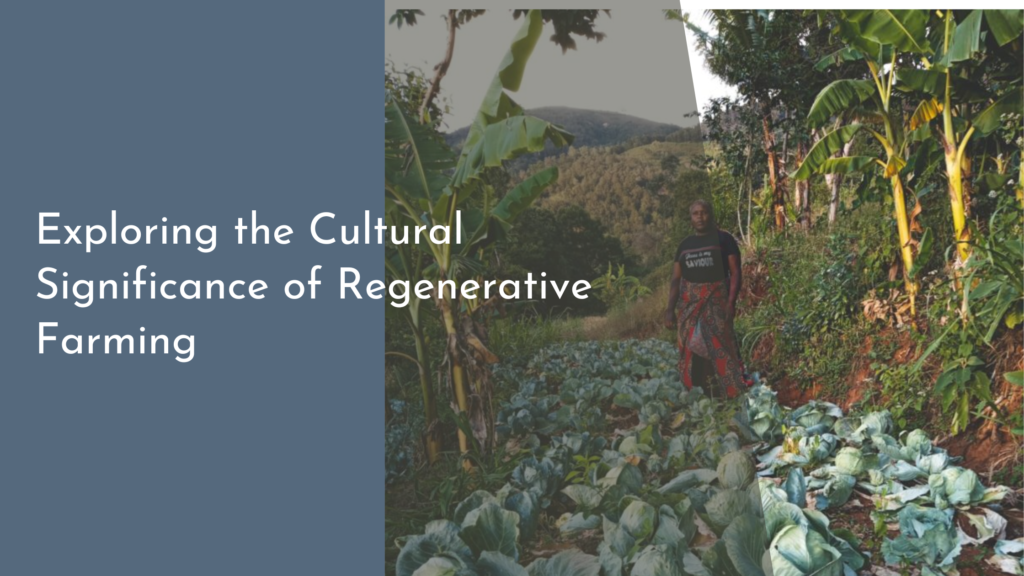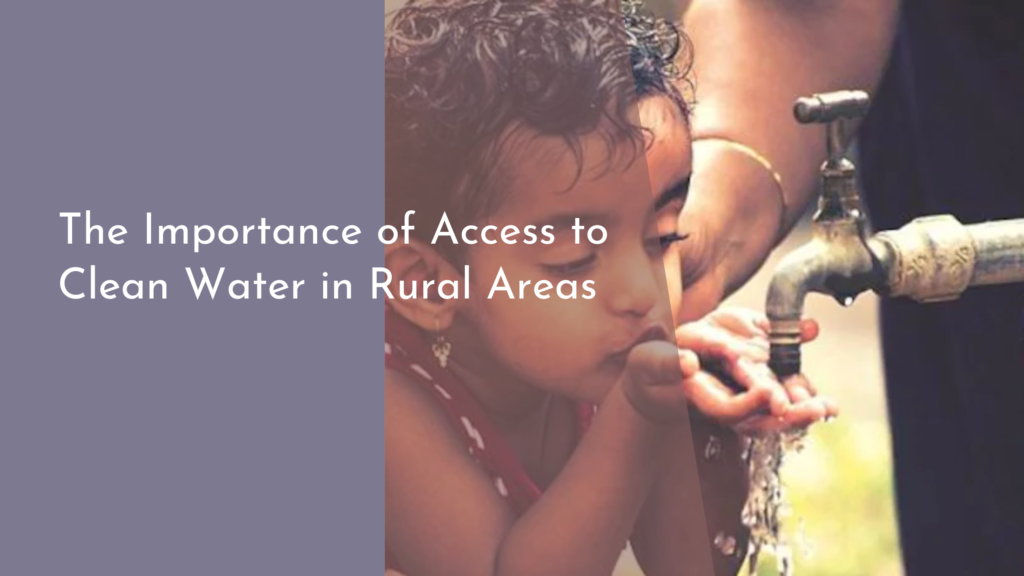The Future of Green Infrastructure in Smart Cities
As the world becomes increasingly urbanized, the importance of integrating nature into cities has never been more critical. Green infrastructure offers a pathway to balance urban development with ecological sustainability, providing not just aesthetic benefits but also functional advantages. In the age of smart cities, where technology and data are at the forefront, the fusion of green infrastructure with smart technology creates new possibilities for sustainable urban living. This article explores the potential of green infrastructure in the smart cities of the future, examining how these elements can work together to address urban challenges and pave the way towards a greener, more sustainable future.
Understanding Green Infrastructure Basics
Green infrastructure refers to the network of natural and semi-natural systems within urban environments that provide environmental, economic, and social benefits. This concept includes parks, green roofs, urban gardens, and water management systems that mimic natural processes. By incorporating these elements, cities can enhance biodiversity, improve air and water quality, and reduce the urban heat island effect. Moreover, green infrastructure contributes to the overall well-being of city residents by providing spaces for recreation and relaxation.
The effectiveness of green infrastructure relies on its thoughtful integration into urban planning and design. It must be seamlessly woven into the city’s fabric, complementing the built environment without compromising its function. Successful green infrastructure projects often involve collaboration between urban planners, architects, ecologists, and the community. This multidisciplinary approach ensures that the benefits of green infrastructure are maximized, creating cities that are not only more sustainable but also more resilient to the impacts of climate change.
Integrating Smart Technology with Nature
Smart technology offers innovative tools for optimizing the performance of green infrastructure. Sensors and data analytics can monitor soil moisture, air quality, and plant health in real-time, allowing for efficient maintenance and resource allocation. For instance, smart irrigation systems can reduce water usage by adjusting to weather conditions, ensuring that urban green spaces are both lush and sustainable. By leveraging these technologies, cities can enhance the benefits of their green infrastructure while minimizing costs and environmental impact.
Moreover, the integration of smart technology with green infrastructure can improve urban planning and decision-making. By collecting and analyzing data on the performance of green spaces, city planners can identify areas that require more attention and resources. This data-driven approach enables cities to make informed decisions about where to invest in new green infrastructure projects and how to optimize existing ones. The result is a smarter, more efficient urban ecosystem where technology and nature work hand-in-hand to meet the needs of city residents.
Innovative Solutions for Urban Challenges
Green infrastructure offers innovative solutions to several urban challenges, particularly in managing stormwater and reducing pollution. Urban areas often struggle with runoff during heavy rains, leading to flooding and water pollution. Green infrastructure techniques such as permeable pavements, bioswales, and rain gardens can absorb and filter stormwater, reducing the burden on traditional drainage systems. These solutions not only mitigate flooding risks but also improve water quality by trapping pollutants before they reach waterways.
In addition to water management, green infrastructure can also help combat air pollution and the urban heat island effect. By increasing vegetation cover in cities, green infrastructure can absorb carbon dioxide, produce oxygen, and trap particulate matter, improving air quality. Trees and green roofs can also provide shade and cooling, lowering temperatures in urban areas and reducing the need for energy-intensive air conditioning. These benefits highlight the potential of green infrastructure to address multiple urban challenges simultaneously, making cities healthier and more livable.
Embracing a Sustainable Urban Future
As cities continue to grow and evolve, embracing green infrastructure is essential for creating sustainable urban futures. By integrating nature into urban environments, cities can improve the quality of life for residents, enhance biodiversity, and increase resilience to climate change. The incorporation of green infrastructure into city planning signals a commitment to sustainability and a recognition of the importance of natural systems in urban areas.
The journey towards a sustainable urban future requires collaboration between governments, businesses, and communities. Policies and incentives that support the development and maintenance of green infrastructure can encourage more cities to adopt these practices. Additionally, public awareness and engagement are vital in garnering community support and ensuring the long-term success of green infrastructure initiatives. Together, we can create smart cities that not only harness the power of technology but also prioritize the health and well-being of their inhabitants by nurturing their green spaces.
The future of green infrastructure in smart cities is promising, offering a harmonious blend of nature and technology that can transform urban environments. By understanding the basics of green infrastructure, leveraging smart technology, and implementing innovative solutions, cities can tackle some of their most pressing challenges. As we look towards a sustainable urban future, embracing green infrastructure is a crucial step in building cities that are resilient, vibrant, and environmentally friendly. With the right vision and commitment, our cities can become models of sustainability, where nature and technology coexist to create healthier, happier, and more sustainable urban communities.


